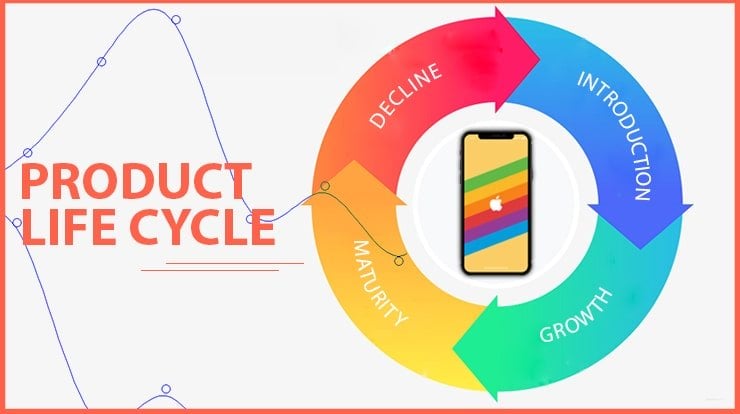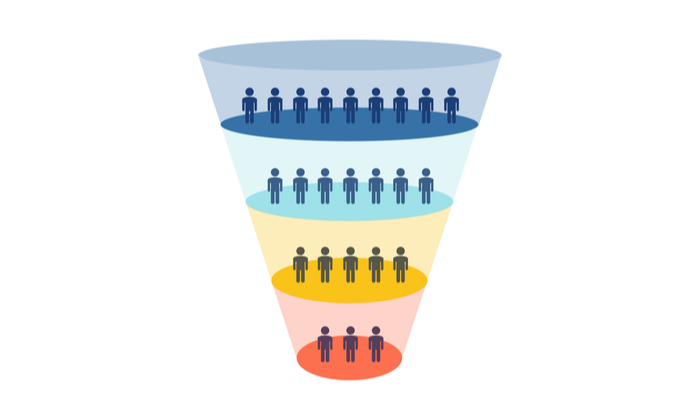Product Life Cycle: What It Is, the 5 Stages, & Examples

By Neil Patel
If you work with sales, knowing about the Product Life Cycle model is almost mandatory.
The model describes the stages a product goes through in its journey from creation to discontinuation.
Why do you need to know this?
Because products in different stages demand different strategies, be that for physical products or for services.
Do you think you can attract customers to a new product using the same actions used for products that have been on the market for years?
Best case scenario, it will be a wasted opportunity. At worst, a total failure.
To get to know the stages of the Product Life Cycle, examples, and how to employ this concept, don’t forget to read this article until the end!
What Is the Product Life Cycle?
The Product Life Cycle is a management tool that makes it possible to analyze how a product behaves from its development to its withdrawal from the market, also considering its launch, growth, and sales maturity.
It is like a product journey, or to refer to a more well-known example in marketing, the customer journey.
The mind behind this concept is Theodore Levitt, a German economist who lived in the United States and worked in the celebrated Harvard Business School.
Levitt proposed a five-stage model that he named the Product Life Cycle.
The stages are development, introduction, growth, maturity, and decline.
Before I explain each of them, it’s interesting to understand why Levitt thought defining this model would be useful.
During his research, he discovered something that seems obvious but hadn’t been mapped until then: the characteristics of a product change a lot during its life cycle.
All the strategies around it need to consider the specific issues and characteristics of each of these stages.
This applies to sales and marketing, but also to product development and decision-making in the management sphere.
For example, when is the right moment to invest so a product explodes in the market?
When is time to step on the brakes and maybe even replace an item that was very successful on another occasion?
These are the questions you can answer with a Product Life Cycle analysis.
The 5 Stages of the Product Life Cycle

It’s time to explore more deeply the Product Life Cycle model.
Now that we know the stages, we will see what are the characteristics of each of them, and also the best practices to achieve your marketing goals.
1. Development Phase of the Product Life Cycle
Product development is always a very sensitive stage.
The project is still able to be iterated. You can have great expectations for it, but before the product starts generating revenue, you still need to improve your proposal, carry out tests, validate the hypotheses, and make necessary changes.
This stage is naturally integrated into the process of startup companies but is not restricted to them.
For example, an automobile manufacturer does not launch a new car without first having a consistent project and studying its …read more
Source:: Kiss Metrics Blog









